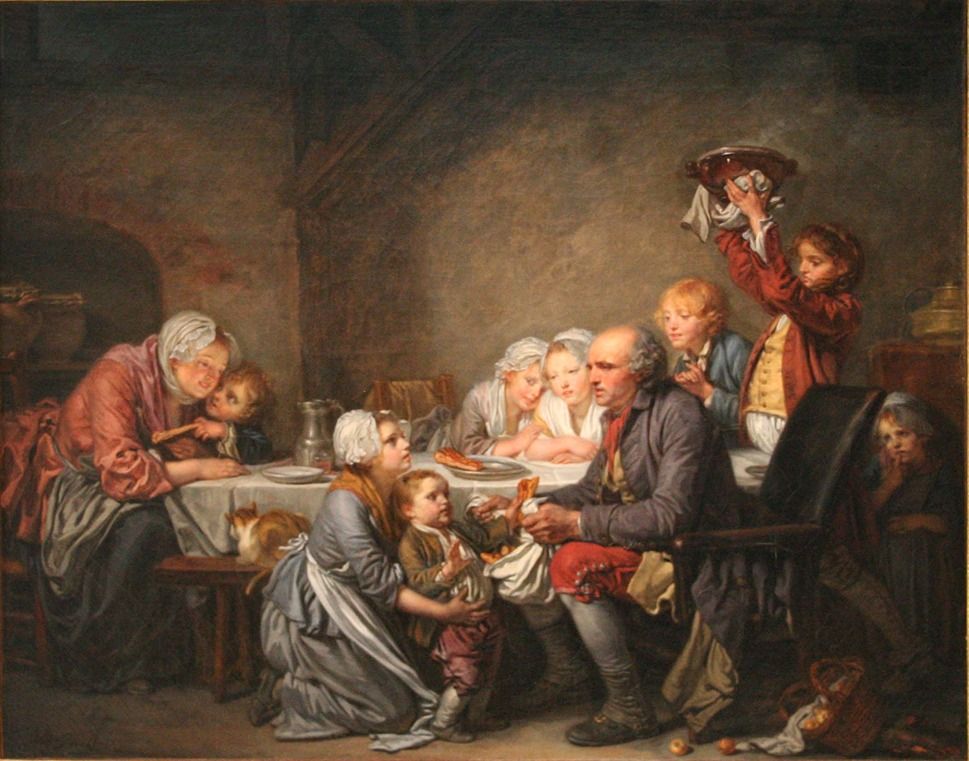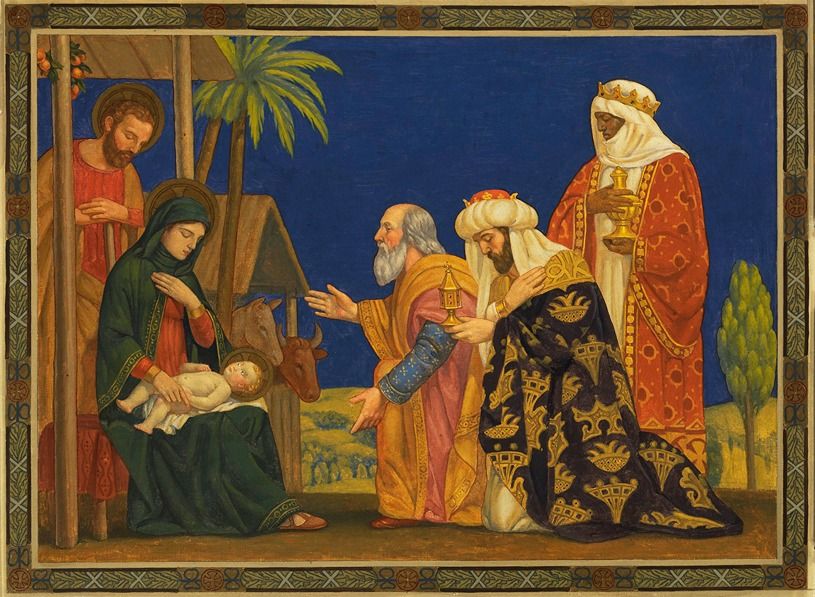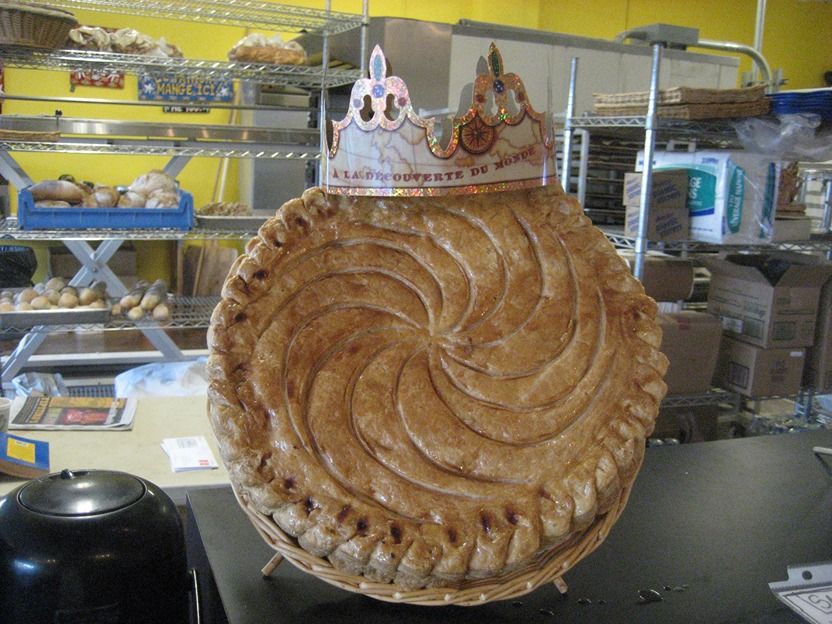All About King Cakes
More than just a delicious slice of purple, green, and gold, king cakes have many interesting facts and theories surrounding them.Despite not being the first organized site of Mardi Gras in North America, New Orleans' version of "Fat Tuesday" remains as one of the world's most well-known Carnival celebrations. In addition to the fun parades, decorative floats, and thematic throws, one of the most iconic symbols of NOLA's Mardi Gras is the ever-popular king cake.

A cake of twisted dough and topped with icing/sugar and the traditional Mardi Gras colors of purple, green, and gold, the king cake is emblematic of the Crescent City's most famous holiday and is a go-to sweet for locals and visitors to the city. While most may know about certain traditions surrounding it—including that it's not "supposed" to be eaten outside of Carnival season, and that the cutting knife stays in the cake box—there are other aspects of the festive sweet that people may not realize. For a cake so synonymous with New Orleans, the king cake has aspects surrounding it that both go back in time and stretch far beyond its borders.
Christian Meanings but Older Roots
While the holiday has the stereotype of a free-for-all party, Mardi Gras has a lot of Christian meaning behind its celebrations, what with it being one last fête before Ash Wednesday and the 40-day Lenten season. King cake similarly has Christianity associated with it, specifically the Twelfth Night after Christmas on January 6 and the Epiphany, which commemorates the Three Wise Men bringing gifts to Jesus after his birth. In fact, some European versions of king cake, such as roscón de Reyes, are also called "three kings' cake," in reference to the Three Wise Men, or, rather, the Three Kings.
However, according to "Traditions Surrounding the King Cake" on Manny Randazzo Original King Cakes' website, king cake predates Christianity all together and was a traditional element to the ancient Roman holiday Saturnalia. Taking place in mid-December, the holiday honored Saturn, the Roman god of harvest, and the celebrating Romans would drink, dress in costumes, and ignore the basic society etiquette they were expected to follow. There would also be a cake with a bean hidden inside of it, and anyone who ended up receiving said bean would be "king for the day." As is the case with Christmas and Easter, it would seem that king cakes have pagan roots and were given a different interpretation once Christianity became the dominant religion in Europe.

Who's, or What's, Da Baby?
Just like the cake itself, what is hidden inside the king cake has also been given Christian symbolism. It is a common interpretation that the plastic babies are the baby Jesus. Following the same custom as in Saturnalia, whoever finds the baby inside the cake is considered "king" or "queen" and is tasked with hosting a future Mardi Gras gathering and providing the next king cake.
While that makes sense considering the cake has the Epiphany association, it's still a bit particular to have a baby inside of a cake at all. Of course, before the baby, king cakes, like the Saturnalia cakes, would be filled with beans—most likely fava beans. In fact, according to Atlus Obscura's "The Weird, Wonderful World of Collecting French Cake Figurines," fève is the French word used to refer to a small trinket inside a king cake, and the word originally meant "fava bean."
There's also a legend that connects the king cake baby to the late Donald Entringer, who was a baker and owner of the now defunct McKenzie's bakeries. The story goes that in either the 1930s or 1940s, a traveling salesman had offered Entringer little porcelain dolls, who in turn used said dolls within his king cakes. The porcelain dolls were eventually switched out to the plastic version that New Orleanians are now familiar with. Some online sources say this was due to Entringer running out of the dolls, while others say it was because people were complaining about getting their teeth chipped.
More Widespread Than You'd Think
Given that New Orleans is a city that is so in touch with its French roots, it would make sense that the king cake would have an equivalent in France. In fact, it has two French counter parts: galette des rois and gâteau des rois. The galette is more of a puff pastry that does not have a hole in the middle of it and it is typically not topped with anything. It was traditionally filled with a sweet almond custard called frangipane, but, just like New Orleans king cakes, it can be filled with whatever is desired. It also has a fève hidden inside and comes with a paper crown. The gâteau is a not as widespread variety made with brioche, topped with coarse sugar and candied fruit, is mainly found in the Provence region of southeast France, and looks a bit closer to the NOLA-style king cake.

Different versions of "Epiphany cake" can also be found in other countries. Roscón de Reyes, enjoyed in Spain, Mexico, and other Latin American countries, is a sweet brioche-style bread in a ring shape and can be decorated with all sorts of different candied fruits, cherries, peels, and more. Other king cake variations that can be found in the world include bolo rei in Portugal and Brazil, dreikönigskuchen—which is more like sweet rolls made to look like a wreath—in Switzerland, and Twelfth Night cake—which is more like a fruit cake—in the United Kingdom.
So while king cake is more than familiar to many New Orleanians, there is still a lot of interesting intrigue surrounding it. The next time you pick some cake up for your friends, family, or even just yourself, know that New Orleans' favorite festive treat is more storied than you might have realized.

